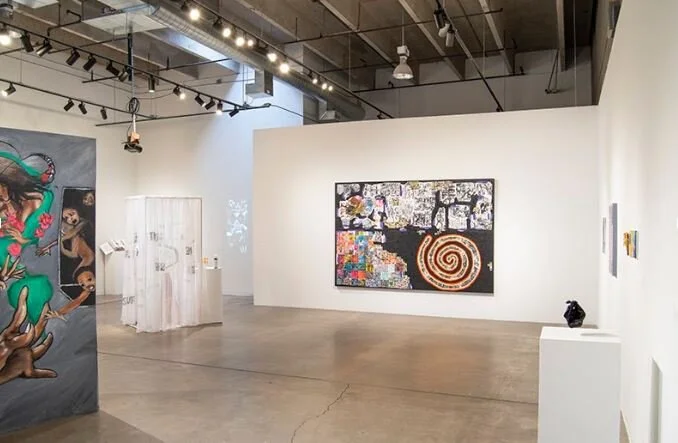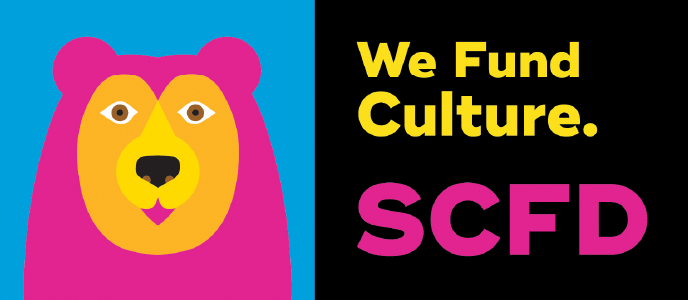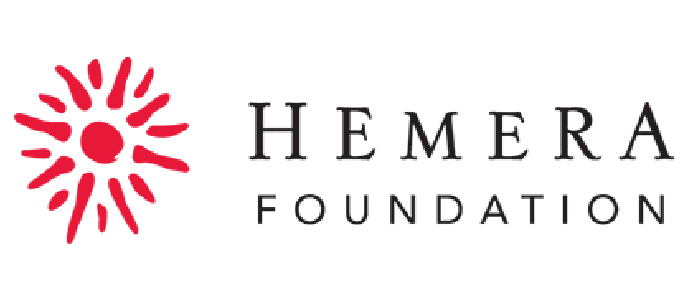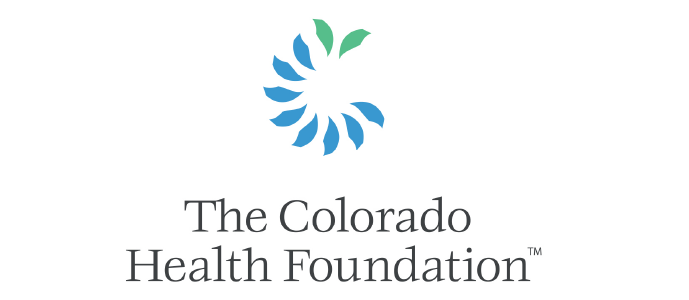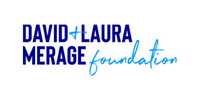A Review of the Annual Reach Exhibition by Max Maddox
The Reach exhibit this year is unusually spare for obvious reasons, each work standing as a monument to this tumultuous year seemingly lost in time. The social forces unleashed by this temporal pause that was 2020 are erected by this group of thirteen who still managed to make work outside RedLine, while they witnessed first-hand the waves of change that they anticipated and ushered. The Black Lives Matter protests that filled our streets and brought purpose, for once, to the amphitheater in Civic Center Park, was the resolution agreed upon by these artists long ago. That is - solidarity in the face of the plague of racism and classism that has been our country’s Achilles’ heel and that has for now promised to stop America in its tracks at the foot of the crystal stair.1
Myra Nagy, Enclosed Connection, 2021.
Many artists like Myra Nagy found themselves immobilized at home by the pandemic and the broad sweep of change that was carried with it. The realities of the virus have found their way especially to the members of Reach; unhinged from RedLine and each other, the most vulnerable among us struggle to find a wifi signal to share their stories of survival in a time of social crisis. They shared existential earthquakes and traumatic personal stories of loss along with a few sketches on Zoom held up to each other through the screen, and tried to get through something together without being together. The damage done to our community is felt most clearly in programs like Reach Studio, in the tents that still dream themselves to be tiny houses and those without homes still dream themselves to be artists, in this anticipating room, a studio now empty but still full of these dreams.
Carolyn Pooler, Christo Speaks, 2021.
Carolyn Pooler’s hidden voice box, when activated, eaks a cryptic message through the black cloth she hand sewed with white thread. Christo, the master draughtsman and installation artist who died in the midst of bigger headlines last May, entreats us from somewhere within this delicately hung scrap, perhaps a last dying wish -- that we only reach toward “absolute freedom.” Here the passage toward such radical autonomy appears a secret path that has never seemed so unknown, yet now so perfectly available to us. Pooler’s minimalist work embodies a tentative response to a historical moment, but is yet a capsule for everything we’ve wanted to achieve in the arts since time immemorial, that could be upturned and lost or unfurled to flourish with virtually the same gesture in an effort to decipher its code.
Still, we have been forced apart and the social project, with its promise of liberation, has been laid partly in wait. Melody Epperson’s satin curtain, printed with the “Declaration of Sentiments,” represents the uncertainty that underpins our presumptions and proclamations about the future. A radical contingency is brought to bear on her message, “get out the vote.” Moving a hand along its contours or a singular breath across its fabric might serve to rephrase its messaging, a wind instrument stands as monument to freedom but has outplayed its purpose. Covid seemed to be another way to prevent us from casting a ballot in her makeshift voting booth, as if we didn’t have enough reasons to abstain from the fractured path of democratic enlightenment, even if at last we were moved to “do our part” at any cost.
Melody Epperson, Get Loud, VOTE America!, 2020.
On the back wall of the community gallery, you can witness a long awaited collaboration between mother and daughter - Sharon Morrison and Shieka Leslie, who have been essential members of the Reach Studio community over the years. Much has been lost but also gained. We may have learned to take control of our own lives, to welcome a chance to do what we always intended to do - with the people we always meant to do them with, and indeed collaborations have unfolded within our own families.
Sharon Morrison and Shieka Leslie, Digital Animation, 2021.
This duo’s animated collages move through the sentiments and events of 2020, pared down to slight but perpetual movements. A pixelated globe tries again and again to spin a full circle, a diamond teardrop drips and explodes on a cheek made of sketchbook patterns, among sweeping doodles a thermometer shows temperatures rising, days seem to pass just scratching our dogs’ ears and dressing them up in sunglasses, while a mash-up of images depicting upheaval on our streets come and go. Words of encouragement, which we all passed around to each other, are repeated as if between mother and daughter: “Chill” “Nice job” “Mask up” “Believe in yourself” “Delicious” “Self care” “Black lives matter.” The artists suggest to us, “Rest while you can, escape the screen and open your third eye, work on your fashion sense for what is going to be another long year, be ready for the pace of change in 2021.”
From a curator’s perspective, the questions that surround the nearly impossible task of facilitating art in a pandemic and bringing it to the public are already fading in favor of how to perform this role going forward. We turn to the artists for their next move, a fire has been lit beneath them. Inevitably, and perhaps at cross-purposes, will be our collective level of comfort- when it comes to spiriting a return to normalcy, while artists and critics alike (as we always have been uniquely able) can see the impossibility of returning to the past as it was. “Where do we go from here?” is the question that plagues us all and has brought some of us momentary inertia, filling us with anticipation for something new that accounts for all we have already built together. These artists, and the ones who are perhaps camping on your easements, have been waiting for this change, not brought by Covid, but by the people in response to the many calamities of our time. So take some of that stimulus cash and order one of Juannean’s face masks or bring in the new era with one of Sharon’s collages, start us out right this spring by helping to keep your neighbor off the street. Don’t be coy! All are welcome here.
——
1 From the poem “Mother to Son” (1922) by Langston Hughes. https://www.poetryfoundation.org/poems/47559/mother-to-son
Max Maddox is the co-curator of Reflecting on Our Virtual Voices and a current Artist-in-Residence at RedLine Contemporary Art Center. He enjoys a bachelor’s in philosophy from Grinnell College and a master’s in studio art from the Pennsylvania Academy of Fine Art, where he was nominated for the Joan Mitchell Award and won the Fellowship Trust Award. Max co-wrote and in 2013 published the memoir Walks on the Margins, a 2014 EVVY award recipient, as well as winner of the Golden Quill Award and a finalist for the Iowa Review Award. Max is project leader of the Arts in Society funded design project ArrayParity, and he teaches drawing and painting at the Art Students League of Denver.

